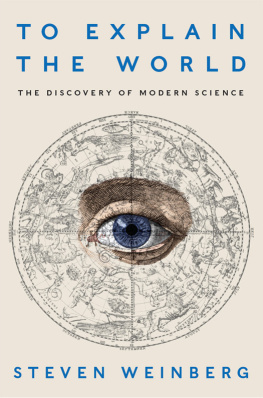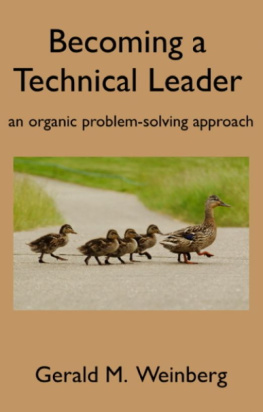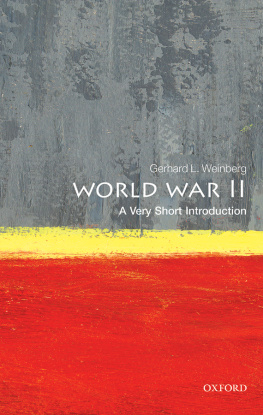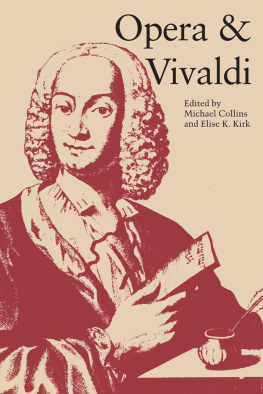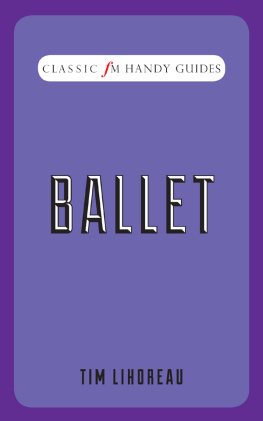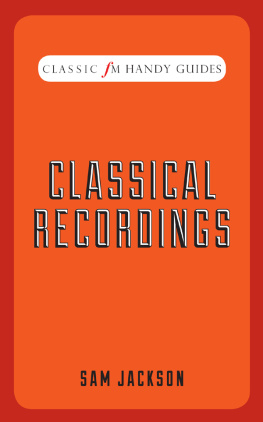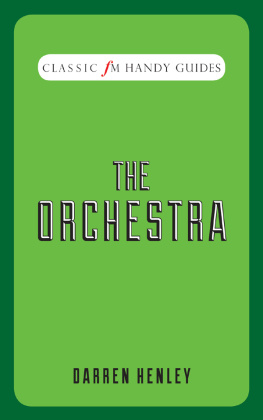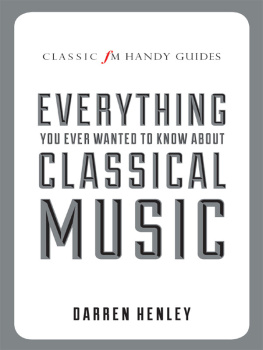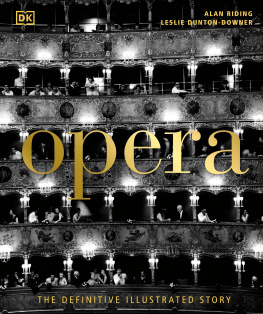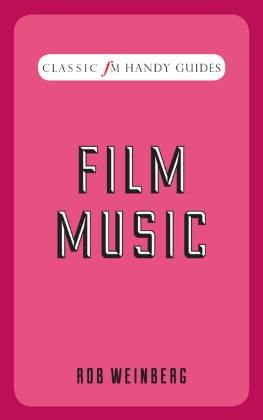OPERA

Contents
Introduction
A t Classic FM, we spend a lot of our time dreaming up wonderful ways of making sure that as many people as possible across the UK have the opportunity to listen to classical music. As the nations biggest classical music radio station, we feel that we have a responsibility to share the worlds greatest music as widely as we can.
Over the years, we have written a variety of classical music books in all sorts of shapes and sizes. But we have never put together a series of books quite like this.
This set of books covers a whole range of aspects of classical music. They are all written in Classic FMs friendly, accessible style and you can rest assured that they are packed full of facts about classical music. Read separately, each book gives you a handy snapshot of a particular subject area. Added together, the series combines to offer a more detailed insight into the full story of classical music. Along the way, we shall be paying particular attention to some of the key composers whose music we play most often on the radio station, as well as examining many of classical musics subgenres.
These books are relatively small in size, so they are not going to be encyclopedic in their level of detail; there are other books out there that do that much better than we could ever hope to. Instead, they are intended to be enjoyable introductory guides that will be particularly useful to listeners who are beginning their voyage of discovery through the rich and exciting world of classical music. Drawing on the research we have undertaken for many of our previous Classic FM books, they concentrate on information rather than theory because we want to make this series of books attractive and inviting to readers who are not necessarily familiar with the more complex aspects of musicology.
For more information on this series, take a look at our website: www.ClassicFM.com/handyguides.
Preface
O pera to quote Dr Johnson is an exotic and irrational entertainment, one that can elicit a wide range of responses from people. As with any form of music, you will find those who are so passionate about the genre that they spend their entire lives booking their holidays around performances and festivals; collecting, listening to and comparing recordings; and talking animatedly about every aspect of it with like-minded enthusiasts.
And at the other end of the spectrum, there are the ones who simply find it hard to take or, at least, they say they do. Just hearing the word opera spreads revulsion across their faces, their minds suddenly conjuring up the stereotypical image of a larger-than-life soprano, supposedly playing a consumptive teenager in her dying moments, managing to shriek at high pitch for several minutes.
Yet, between these two extremes are the football fans who still get goosebumps whenever they hear Pavarotti singing Nessun dorma; the millions who vote on TV talent shows for a talented amateur with operatic aspirations; the summertime outdoor concert-goers whove tapped their feet along with La donna mobile while their smoked salmon sarnies turned to mush in a downpour; or the movie lovers whose breath was taken away by the use of a Mozart aria in The Shawshank Redemption or The Ride of the Valkyries booming out of helicopters over Vietnam in Apocalypse Now.
If you count yourself among any of the above, this book is for you. Consider it a small, assisted and hopefully helpful step into a sublime and often ridiculous art form, offering a taste of the many delights to be discovered.
one
Opera History in a Nutshell
T he word opera derives from the Italian term opera in musica, meaning work in music. Having an Italian name, its perhaps not surprising to learn that opera began during the Italian Renaissance a little more than 400 years ago.
Baroque Pioneers
The Baroque era lasted roughly from around 1600 to 1750. The earliest works emerged from the discussions of a group of brainy musicians, writers and noblemen, known as the Florentine Camerata. They were based in Florence and most of the music they came across consisted of either choral singing in a religious setting or very florid madrigals. The Camerata wanted to revive the tradition of Greek theatre as they understood it to have been: sung rather than spoken. So they set out to combine music and text to tell gripping stories from classical mythology.
In 1597, one of their members, Jacopo Peri (15611633), wrote what is generally considered to be the first known opera, Dafne, in which he himself played the role of Apollo. It was a big success but hardly any music from it survives. Three years later, Peri composed another work, Euridice, based on the Greek legend that went on to become the subject of so many operas. It tells the story of heartbroken Orpheus venturing to Hades to retrieve his deceased wife Euridice. Peris version was composed for the wedding of King Henry IV of France and his bride, Marie de Medici of Florence. Its the earliest opera for which the score still exists today and already its noticeable that Peri was experimenting with a new style of vocal delivery something midway between speech and song where a solo voice was accompanied by simple chords played on a harpsichord or lute. This style of singing became known as recitative and the accompaniment as continuo.
As opera began to spread beyond Florence, it found its first major practitioner in the person of Claudio Monteverdi (15671643), composer to the Duke of Mantua. Monteverdis own version of the Orpheus story, LOrfeo, premiered in 1607 and took opera to a new level of sophistication. In it the poetry and the music began to become equal partners. The protagonists were given real human feelings and characteristics, and orchestral instruments began to play a significant role. The continuo became more varied, perhaps plucked on strings or provided by an organ.
The first public opera house in Venice the Teatro di San Cassiano opened in 1637 and Monteverdi was commissioned to write a new work for it. Adone (1639) was such a hit that it ran continuously for six months. In 1642, his last and greatest work Lincoronazione di Poppea (The Coronation of Poppea) told the steamy story of the mistress of the Roman emperor Nero. Unlike other operas up to that point, Poppea was rooted in historical fact rather than legend. It also features one of operas first stunning love duets, Pur ti miro, which nowadays is almost universally thought not to be by Monteverdi at all, but a colleague who worked on Poppea or one of its early revivals.
Thanks to the efforts of touring companies from Italy, opera began to spread throughout the rest of Europe. It took a while longer to catch on in France but, when it did, a different style evolved which combined the French nobilitys passion for dance with simpler yet more expressive music. French operas first great practitioner was Jean-Baptiste Lully (16321687), who was actually an Italian serving as the court composer for King Louis XIV. Lullys first opera, Cadmus et Hermione (1674), was a great success; the king was reportedly extraordinarily satisfied with this superb spectacle. Lully pioneered special effects, made the dance an essential component of his works much to the kings pleasure and added ever more instruments to the opera orchestra. The Belgian film Le Roi danse (2000) brilliantly recreates the court of Louis XIV seen through the eyes of Lully.


